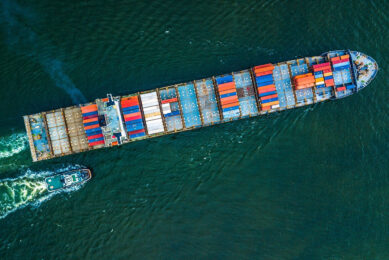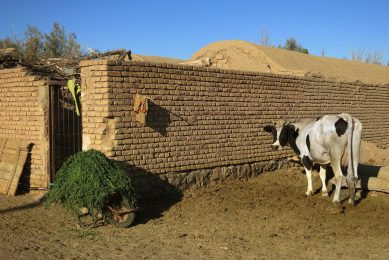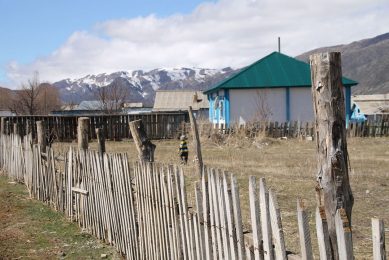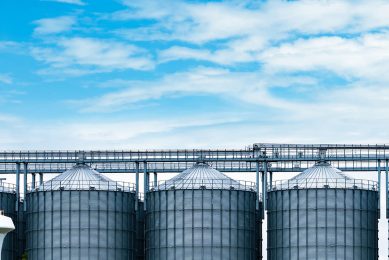Iran’s feed production capacity only 25% – record low
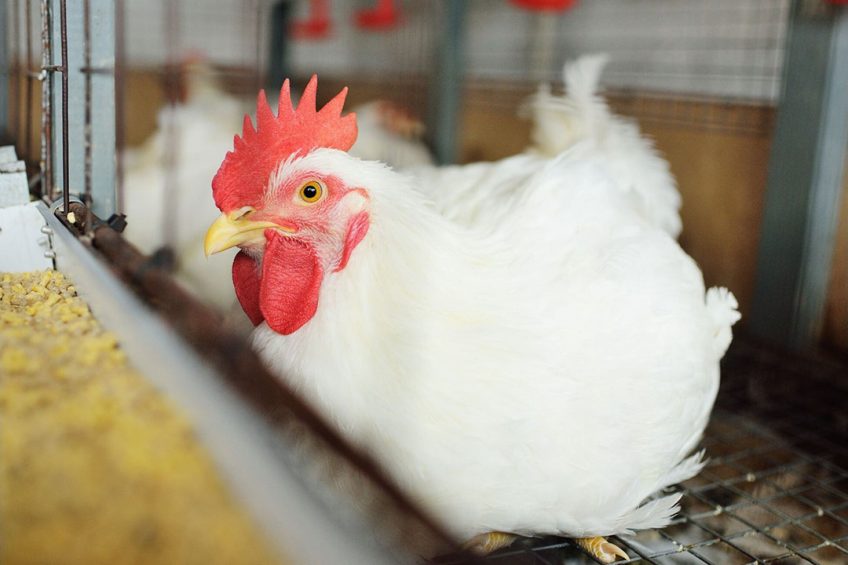
Iran’s feed industry is operating at only 25% of its capacity utilisation ratio due to the lack of feedstuff promised by the Ministry of Agricultural Jihad, Seyed Kazem Mousavi, a member of the Iranian Association of Livestock, Poultry and Aquatic Industries said.
Mousavi said that the Ministry abandoned providing raw materials to feed mills during the past year, which has caused turmoil in the industry.
Feed production becomes less efficient
“Facing a lack of animal feed, poultry farmers have to begin producing feed themselves, mixing different components often in a wrong way,” Mousavi said, adding that this drastically undermines the effectiveness of the poultry industry.
“This approach increases production costs since the feed conversion ratio in the poultry industry jumps from 1.6 when using the finished feed to 2.2 on in-house feed,” he said.
Government feed distribution stops
Since the beginning of the pandemic, the Iranian government was distributing feed among farmers at a price significantly lower than that on the open market. However, in 2021 these supplies narrowed and now reportedly have been completely abandoned.
Feed shortages due to sanctions and drought
Iran experiences a shortage of feedstuff due to international sanctions and this year’s drought, but the government policy of distribution feedstuff only worsens the situation. Mousavi explained that thanks to the better feed conversion ratio applying to finished feed would actually save up to 15% of feedstuff.
Facing a lack of animal feed, poultry farmers have to begin producing feed themselves, mixing different components often in a wrong way
Black market widens
Being stripped of feedstuff, many feed mills have to purchase it on the black market, the size of which has expanded significantly in Iran in 2021. “Selling a truck of soybeans to poultry farmers would cost 200 million tomans ($ 47,000),” Mousavi said.
Billions of tomans have been spent on building feed mills, and now their problems have, in fact, stopped the production wheel [in the livestock industry] from moving
Broiler meat production is hampered
The problems feed producers are having have already caused a shortage of broiler meat in some parts of the country. As explained by Mousavi, prior to the pandemic, Iran had a 20% surplus of broiler meat, while now people have to wait hours in long queues to purchase broilers, where they could are increasingly endangered of getting Covid-19.
According to the National Poultry Farmers Union, the number of chicks in the country at the end of 2020 was around 95 million. It is believed that at least 110 million are needed to meet the domestic demand fully.
The authorities are blamed
Livestock producers blame the government for inconsistent policy on the domestic feed market.
“Billions of tomans have been spent on building feed mills, and now their problems have, in fact, stopped the production wheel [in the livestock industry] from moving,” Mousavi said.
The requests filed by poultry and livestock producers filled to the Ministry of Agricultural Jihad to deal with the challenging situation in the domestic feed industry have remained unanswered for months, he added.




